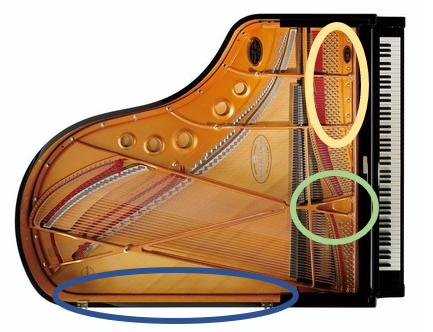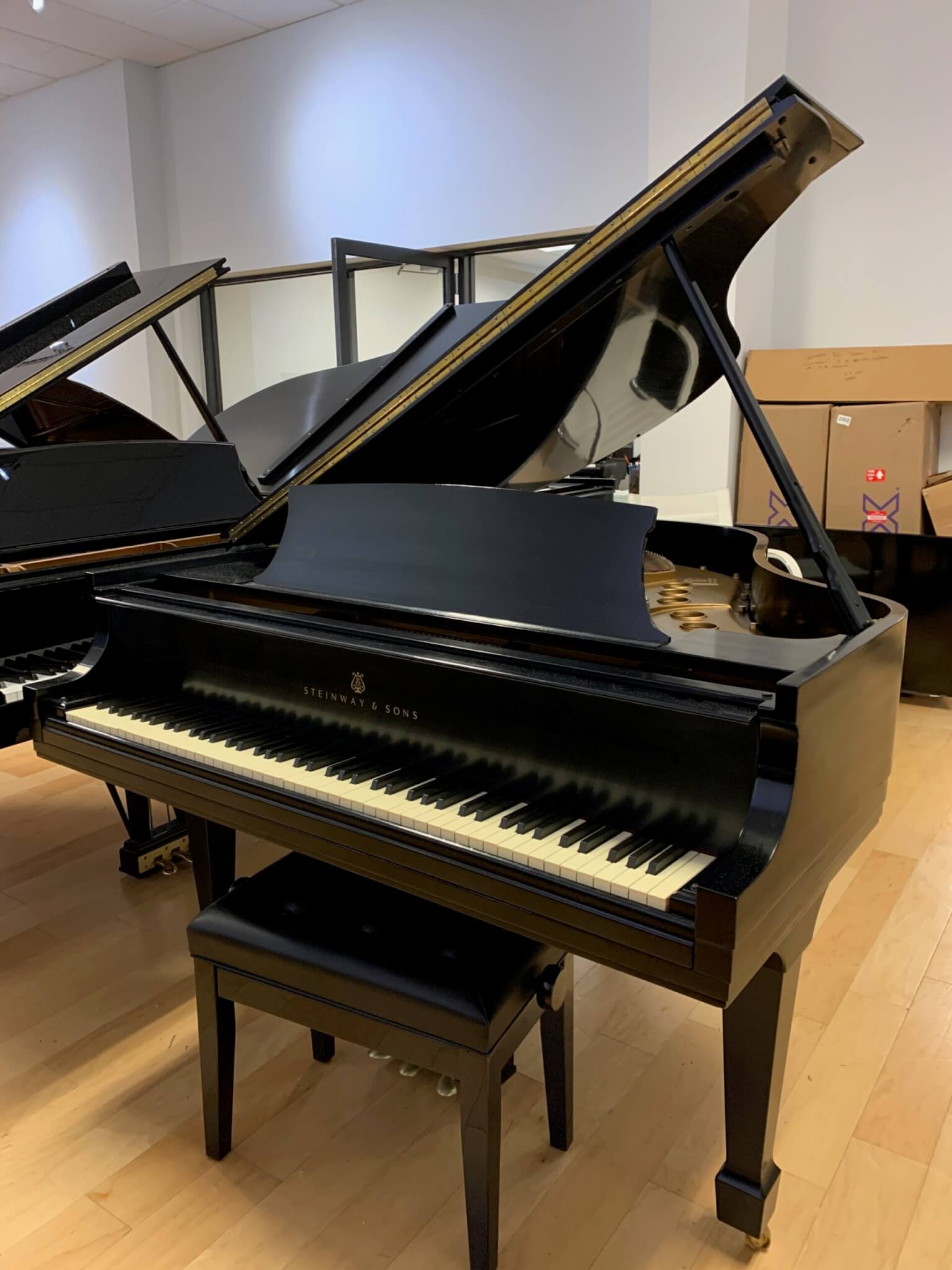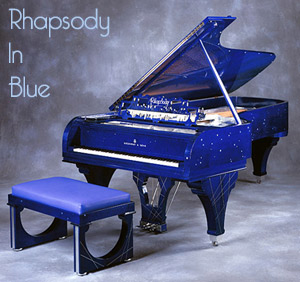
This model is still made in Steinway’s factory in Hamburg, Germany. Model C was listed in the catalog and price list through 1905 and said to be discontinued in 1913, but was made and sold on special order as late as 1936 in New York. The model C pianos above have a 21-note bass section that below has a 20-note bass section. Model C Parlor Concert Grand (and ancestors) The model D pianos above have a 17-note bass section those below have a 20-note bass section. Steinway (New York) Models - 1853 to Present Roy Kehl, piano technician, of Evanston, Illinois for generously sharing with me the results of his research into the history of Steinway scale designs, from which this list was largely developed. In the list below, to avoid confusion, only the word model is used and, as I said, furniture style variations are omitted. In 1932 the term style was replaced by model in price lists and catalogs. During the nineteenth century some letters, like the numbers, were used to designate more than one scale design or style, but in the twentieth century a given letter has been applied to only one scale design regardless of the case styling. An 1878 catalog lists pianos by style letter as well as style number for the first time, and letters and numbers appeared together in the catalogs through 1896, after which letters were used exclusively. Furthermore, the style to which each number referred changed from year to year, and so the numbers cannot be relied upon for identification. These early style numbers, however, referred to both differences in scale design and differences in furniture styling. In that year Steinway began to assign style numbers to some of their pianos and by 1866 each piano was designated in this way. Until 1859 piano styles were identified by name (plain, fancy, double round, middle round, prime, and so on). Steinway & Sons piano manufacture officially began on March 5, 1853, but the first illustrated catalog did not appear until 1865. Also, a given model may have been manufactured or sold in limited quantities after the time it was officially discontinued.
#Steinway piano serial number lookup serial numbers
Because most of the dates listed here are from catalogs, whereas the serial numbers are from production records, dates and serial numbers may not match each other exactly, and dates may differ by a year or more from other versions of this list in circulation. The keyboard compass (range) began at seven octaves (eighty-five notes, AAA to a””, unless otherwise indicated) and was gradually expanded to seven and a quarter octaves (eighty-eight notes, AAA to c””‘). This list is based on the best available information to date, but should not be considered infallible. Hence, some details are elusive, especially concerning pianos built during the first twenty-five years of manufacture.

During the formative years of Steinway & Sons, an immense amount of experimentation and development was in progress. There are no listings here of the different furniture styles available in each model, or of custom cases or experimental variations that were made from time to time. Note that entries in the list refer to models in regular stock manufacture only, as they appeared in catalogs and price lists.


(Square pianos and other pianos made before about 1880 are listed for academic purposes only see pages 173–174 for information on buying square and antique pianos.)

Hopefully, piano technicians and historians will also find the list useful. As an aid to those buying a used Steinway, I have listed below all models of Steinway pianos made in New York City since the firm’s inception in 1853.* Since this list has never before been published, I have, for the record, given a much more complete list than most piano buyers will ever need.


 0 kommentar(er)
0 kommentar(er)
